What is free hit rule in Cricket?

In the exciting game of cricket, a free hit may be a game-changer, providing a significant opportunity to maximize runs. Understanding the methods of playing a free hit will substantially improve your performance on the field, whether you’re a seasoned cricketer or just starting out. In this post, we will look at numerous strategies and procedures that can help you take advantage of this beneficial scenario and eventually lead your team to victory. So be ready to learn how to score a free hit like a master!
Free hit rules in cricket
The on-field umpires rule that the delivery following the no-ball is a free hit. The ICC rule book defines a no-ball as a front-foot or back-foot violation, a waist-high no-ball, switching the bowling side without alerting the umpire, and the ball hitting twice on the pitch, among other things.
A batter can only be removed on a free-hit delivery like a no-ball offering. When the free hit rule is in effect, the only removal modes for a batter are running out, hitting the ball twice, and blocking the field. The batter cannot be stumped if the free-hit ball is wide.
Conversely, the bowler can only switch bowling sides during the free-hit delivery.Until there is a strike change, the opponent is not permitted to shift the field during a free hit delivery. If the same hitter who encountered the no-ball delivery is on strike, the limitation prohibits changing people within the same field. In the event of an unlawful field shift, the free hit is carried over to the next delivery.

However, suppose the umpire calls a no-ball for a fielding violation, such as having an additional fielder beyond the circle. In that case, the fielding switch is permitted regardless of the batter on strike.
As you may have guessed, the primary advantage for hitters on a free hit is that they cannot be eliminated by a catch, leg before wicket, or bowled. With the three typical modes of dismissal eliminated, batters can go for big hits without jeopardizing their wicket. If the same batter strikes again, the fielding team must maintain the same field setup as the previous delivery, which is another significant advantage.
New free hit rule in Cricket

As per the update in September 2021, there were no significant changes regarding a "free hit" rule in cricket. However, cricket regulations and rules can evolve, and there might have been updates or amendments since then.
The free hit rule, initially introduced in limited-overs formats, allows a batter to take a free hit at the delivery following a no-ball (an illegal delivery). During a free hit, the batter can only be dismissed through a run-out or obstruction of the field, and the bowler must deliver the ball as an overstepped no-ball.
Cricket's governing bodies, such as the International Cricket Council (ICC), periodically review and amend rules to enhance the game's fairness and excitement. Any recent changes to the free hit rule or other cricket regulations must be checked in the latest ICC or respective cricket board's rulebooks or websites for accurate and up-to-date information as of 2023.
Also Read: Who will replace Virat Kohli against England?




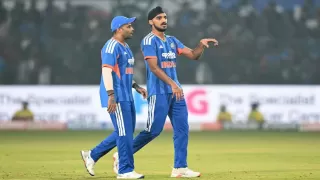
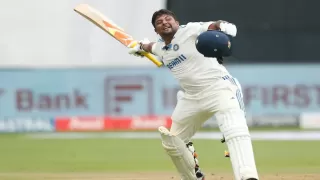
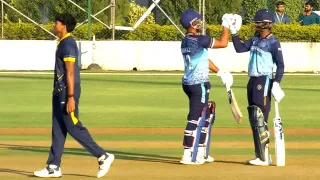
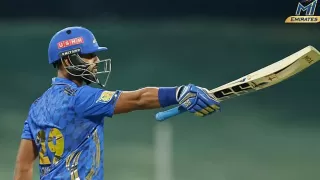



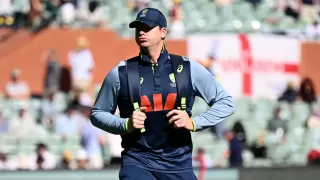
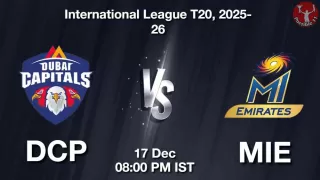
Give Your Feedback